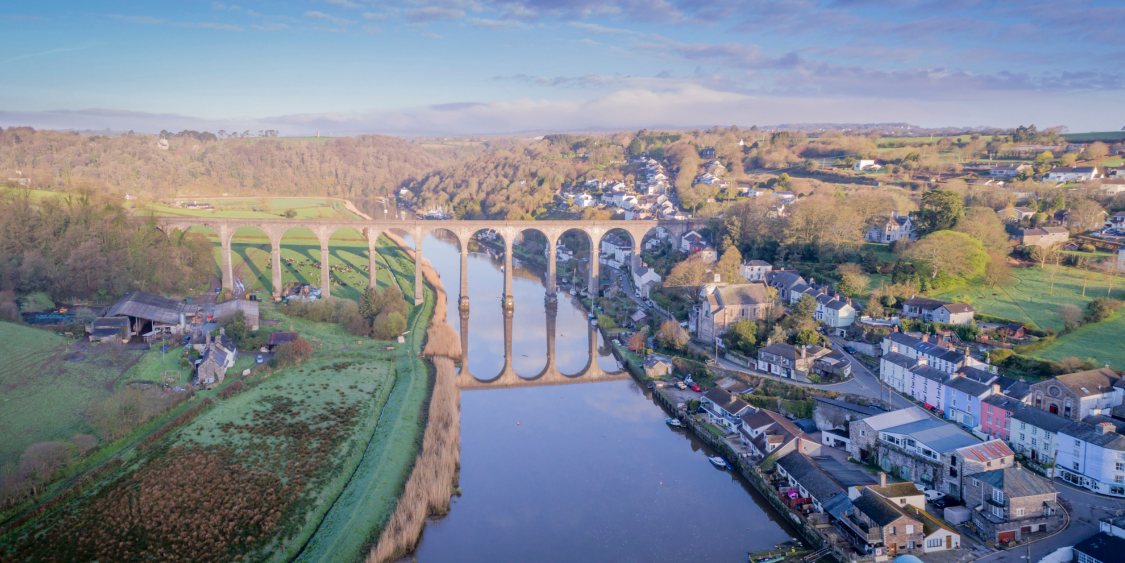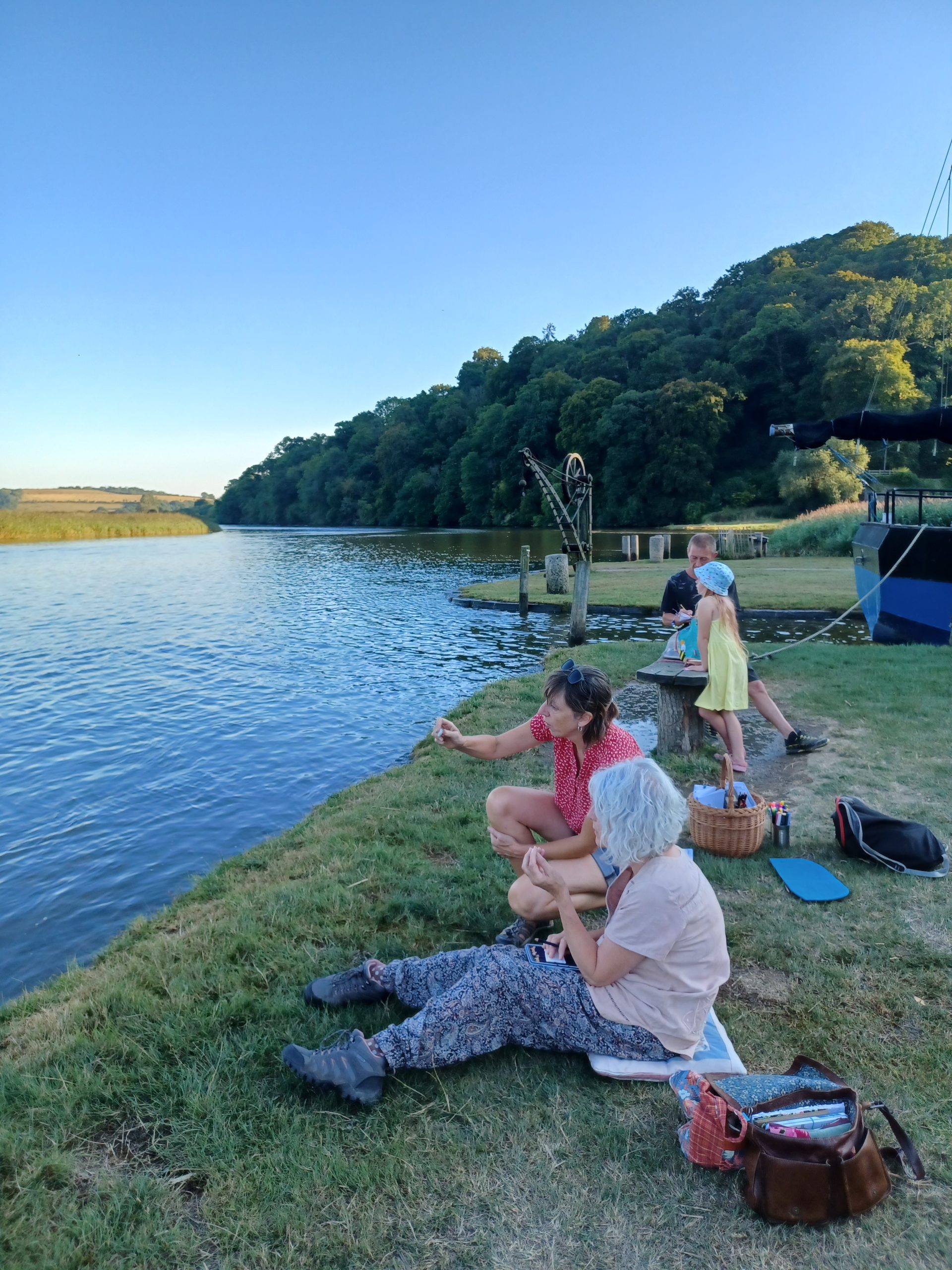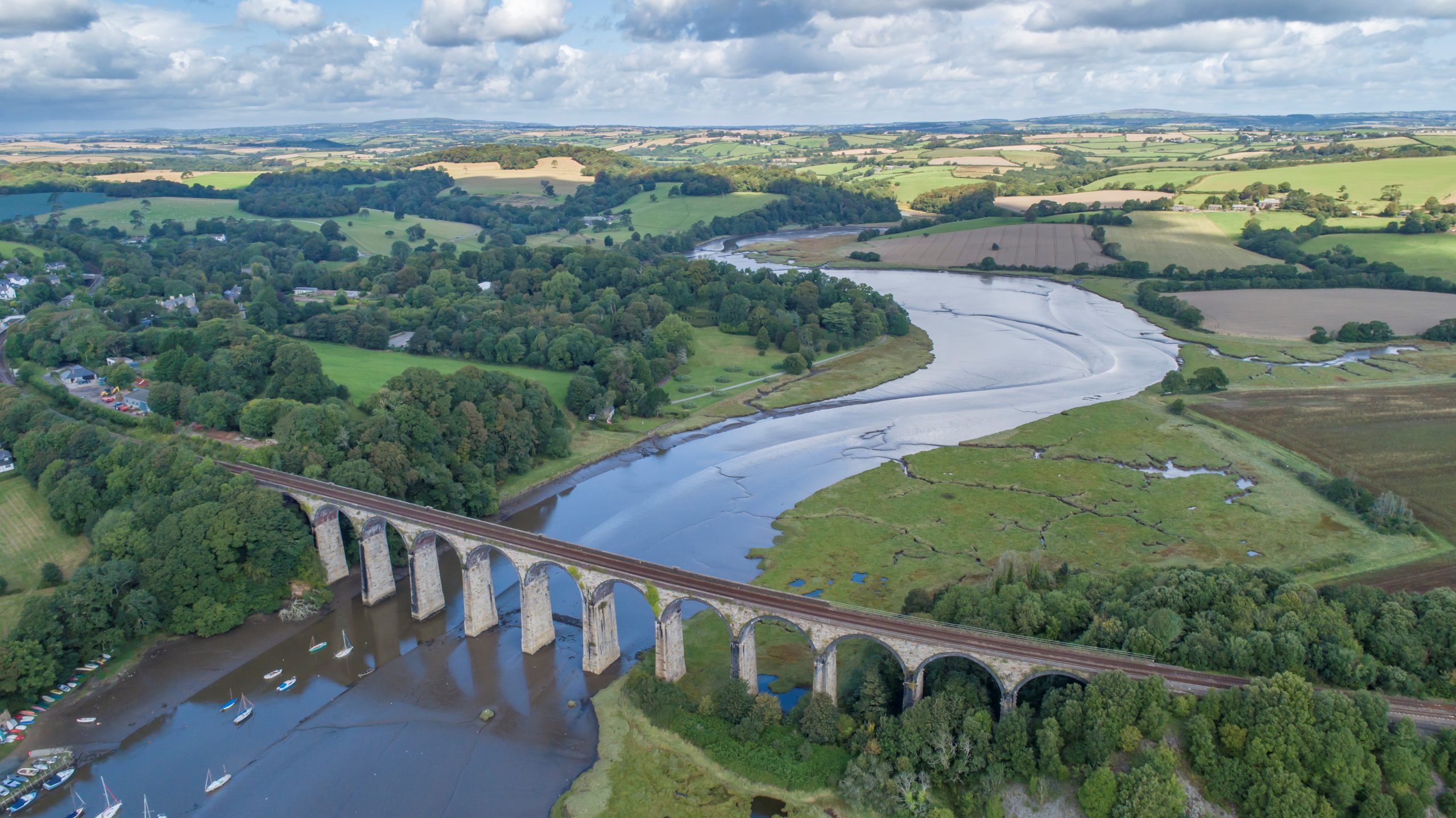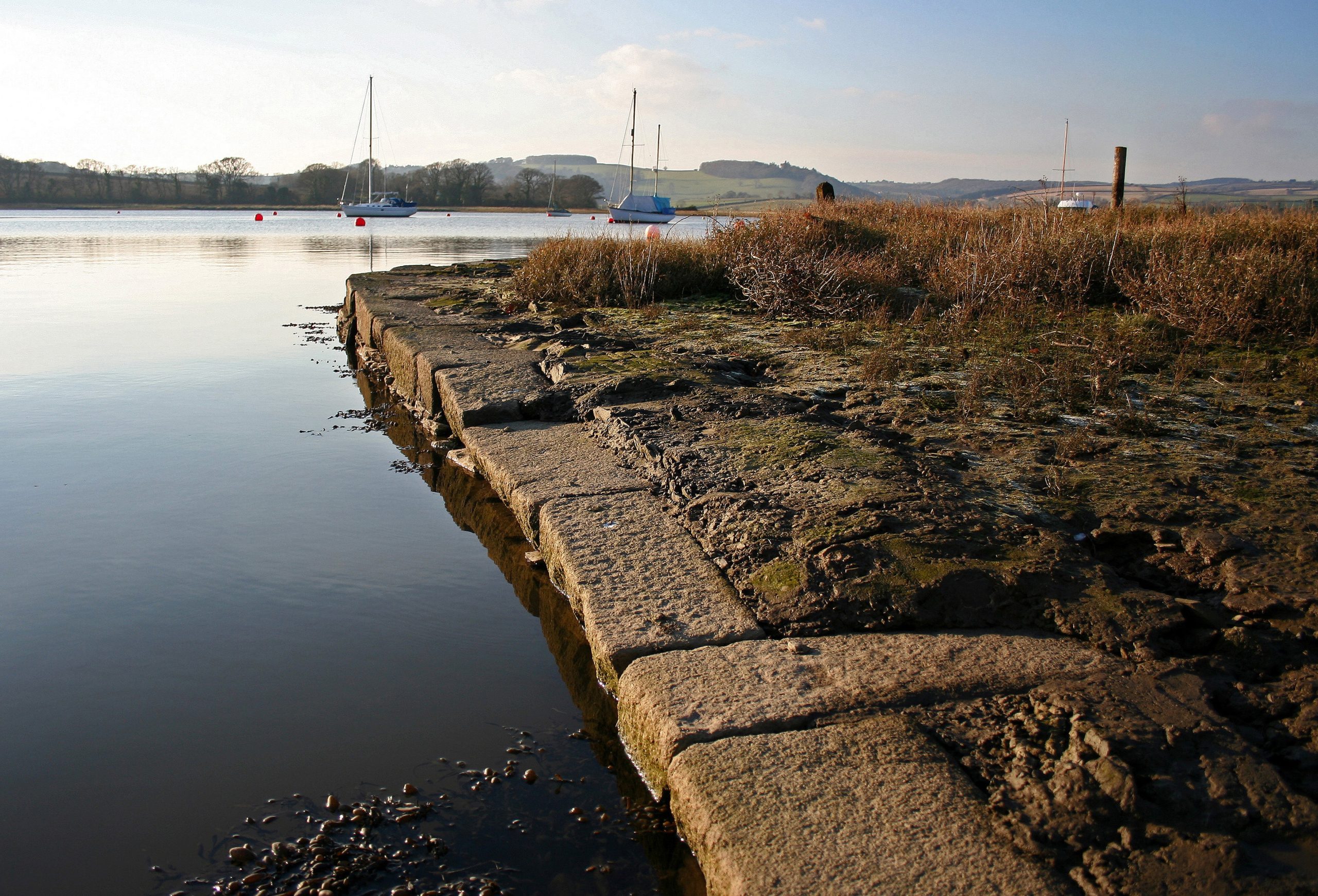Areas of Outstanding Natural Beauty Renamed National Landscapes. New name and brand underpin ambitious nature targets.
Today, [Wednesday 22 November] all designated Areas of Outstanding Natural Beauty (AONBs) in England and Wales are becoming National Landscapes, including the Tamar Valley, on the Devon/Cornwall border.
Welcome to National Landscapes
The new name reflects their national importance; the vital contribution they make to protect the nation from the threats of climate change, nature depletion and the wellbeing crisis, whilst also creating greater understanding and awareness for the work that they do.
This is a significant milestone for the UK and the next step in fully realising the National Landscapes’ vision to be the leading exemplars of how thriving, diverse communities can work with and for nature in the UK: restoring ecosystems, providing food, storing carbon to mitigate the effects of climate change, safeguarding against drought and flooding, whilst also nurturing people’s health and wellbeing.

National Landscapes teams have been at the forefront of delivering natural solutions to the main challenges facing the nation for many years. The new brand underscores their commitment to redoubling their efforts and engaging with a wider audience. In 2019, teams set themselves the most ambitious targets for nature in the sector and continue to work to meet them.
By 2030, National Landscapes aim that, within their boundaries: at least 200,000 hectares of the most valuable natural areas (Sites of Special Scientific Interest or SSSIs), which equates to 1 ¼ times the size of London, will be in favourable condition; 100,000 hectares of wildlife-rich habitat outside of SSSIs will be created or restored, which is roughly nine times the size of Manchester; and 36,000 hectares of woodland, which is a little smaller than the Isle of Wight, will have been planted or allowed to regenerate. National Landscapes Partnerships will also focus on habitat restoration to ensure the protection of some of our most endangered species and increase their work to help more people to enjoy time spent in beautiful places.
Because of their size and scope, National Landscapes are ideally positioned to address the environmental issues the UK is facing. There are 46 National Landscapes in the UK, covering 14% of England, Wales and Northern Ireland including moorland, farmland, coast, forests, including UNESCO World Heritage Sites, Biosphere Reserves, a Geopark and International Dark Sky Reserves. They are the UK’s nearby countryside – 66% of people in England (44 million) live within 30 minutes of a National Landscape and at least 170 million people visit them every year.
Sarah Gibson, Manager of the Tamar Valley National Landscape says:
“We’re absolutely delighted to be named a National Landscape, which recognises the importance of our work to conserve and enhance our beautiful Nature and heritage at the heart of Devon and Cornwall.
“Our Tamar Valley National Landscape includes 200 square kilometres of hidden river valleys, estuaries and countryside, with a biodiversity value of £2billion.
“Our powerful partnership works for Nature, Climate, Place and People. It’s a unique area, 67% is farmed, 20% is woodland, it provides a gateway to Cornwall, Dartmoor National Park at the East, Plymouth Sound National Marine Park at the South, and a UNESCO World Heritage Site within its boundary.
“We celebrate and protect our Nature, our wildlife, our heritage and our communities, we encourage adaptation to the changing climate, increases in biodiversity bringing more Nature, we promote food resilience, and connect people with green and blue spaces offering a place to breathe and relax.
“Our National Landscape status will strengthen our ability to attract Green Finance investment as we channel funding and drive activities to benefit the area, to ensure it exists to provide a future for generations to come.”

Martin Howlett, Chair of the Tamar Valley National Landscape Partnership says:
“We welcome the long-awaited launch of National Landscapes and rebranding of our Tamar Valley Area of Outstanding Natural Beauty in recognition of nearly 30 years protection and enhancement of our celebrated corner of the South West and duly acknowledging its equal status alongside our near neighbour of Dartmoor National Park.
“The designation further strengthens the role of all who maintain, manage and sustain our spectacular vista – from the many traditional family farms, surviving market gardens and orchards, through to woodland plantations, each business not only contributes to the rural economy, but through their land management and husbandry both provide a habitat for the natural environment in harmony with producing quality local food and drink.
“In promoting and showcasing all that is best of the new Tamar Valley National Landscape, we are reminded that a vibrant and thriving community remain at the true heart and that our historic river border continues to act as the link and bridge that binds our two great counties in recognition of its natural beauty – as to which comes first, the jam or cream, we chose to endorse them both in celebration!”
John Watkins, Chief Executive of the National Landscapes Association says:
“For decades, AONB teams have convened powerful partnerships which have placed them at the forefront of the fight against climate change and biodiversity loss, but since their initial designation, our country has changed immensely, as have the needs and pressures on the environment and communities. However, we have great ambition as well as the commitment and readiness to care for and protect these important places, whilst also extending a welcome to more people. Our ambitious aims build on AONB teams’ long track record of successful delivery for nature and people and we are confident that we will achieve them. National Landscapes are the landscape designation for the 21st Century and beyond.”
Tony Juniper, Chair of Natural England says:
“For decades the AONBs have helped protect the beauty of our finest landscapes. Today though we need so much more from these wonderful places, helping us adapt to climate change, catching carbon, restoring depleted wildlife and encouraging more people outside, at the same time as producing food, sustaining local communities and enhancing historic environments.
“Modern challenges require new approaches and today marks the beginning of a new phase for our National Landscapes, as they strengthen their existing partnerships, and forge new ones that will secure in perpetuity the huge range of benefits that come from these special places. Big change has taken place during the past 75 years and bigger changes still can be expected during the decades ahead. Uniting the National Landscapes in this way is very welcome and spells immense opportunity and great hope for the future.”
Click here to view the Welcome to National Landscapes video.

